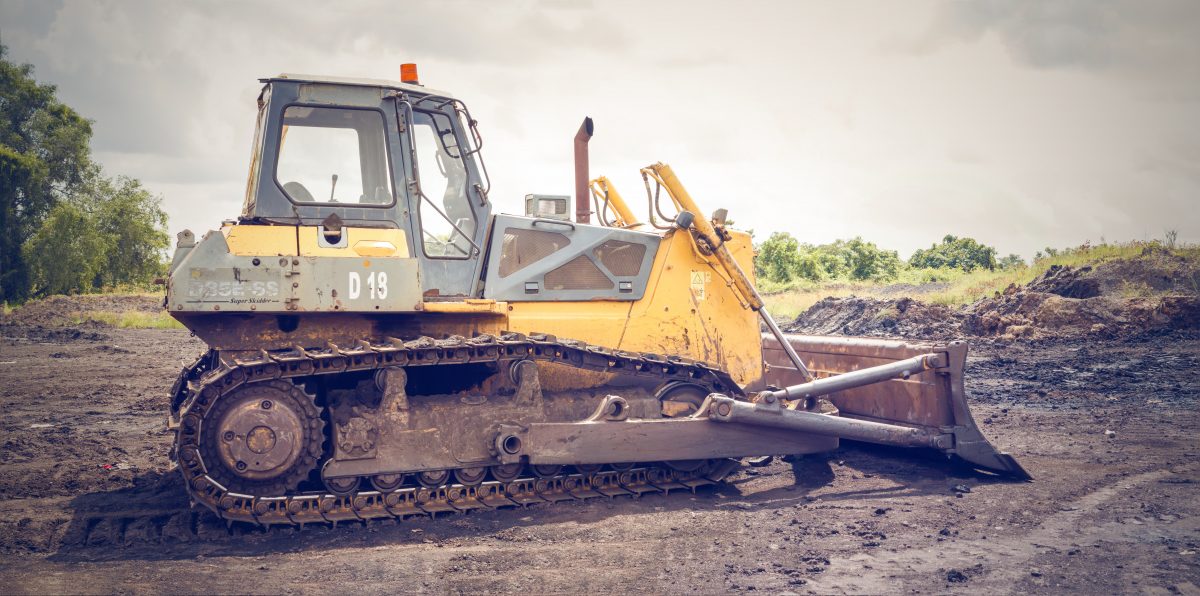The type of pavement, the terrain, and the features of the site dictate the exact asphalt paving sitework that contractors must perform. Generally, however, the sitework for an asphalt pavement installation involves most or all of the following.
1. If the commercial paving project lies on undeveloped land, the contractor will need to clear it. Your Traverse City asphalt paving contractor will likely use a bulldozer to knock down problematic trees. Front loaders, bobcats, or other types of construction equipment may be used to clear undergrowth or other vegetation.
2. If the project is a reconstruction, your road or parking lot paving contractor will need to demolish it. Depending on the existing pavement, contractors may use forklifts, bobcats, milling machines, or excavators. Workers will transfer the material to dump trucks for removal from the site.
3. Contractors typically use laser-guided transits, automatic motor graders, and other cutting-edge technology to set the preliminary grade and slope. Getting the grade and slope correct is critical to ensure proper drainage of the new pavement.
4. The next step is typically the preparation of the subbase. Depending on the project, the subbase may be the soil on which the pavement will rest, or it may be gravel or stone. Either way, the contractor must compact the subbase thoroughly. The contractor will usually order a proof roll to make sure that the subbase does not have any soft spots.
What Happens Next on an Asphalt Paving Project?
Once the contractor is satisfied with the stability of the subbase, the actual asphalt pavement installation can commence.
1. The contractor will place and compact the binder. A binder is basically just a mixture of oil and large aggregate particles that is placed on top of the subbase. The purpose of the binder is to increase the strength and stability of the pavement.
2. Your Traverse City asphalt paving contractor will then place and compact multiple courses of hot mix asphalt. The number of courses will depend on the asphalt thickness defined in the engineering specifications.
3. The final asphalt course will be the surface course. This is the surface on which vehicles will drive, so some contractors refer to it as the driving course. Commercial paving contractors normally use smaller aggregate particles in the mix for the driving course to maximize its smoothness.
4. Butt joints are the points where the new pavement connects with an existing pavement. Your contractor will give these areas special attention to ensure smooth transitions, proper drainage, and aesthetic appeal.
5. The last step is the final roll. The contractor uses a roller truck to make a final compaction to smooth out small bumps or surface irregularities.
We have many years of industry experience, and we have established an extraordinary reputation for quality, integrity, and service. We offer a wide range of services and products, including Asphalt Paving, Safe Seal Sealcoating, Parking Lot Striping, Asphalt Milling, Snow Removal, Asphalt Patching, ADA compliance, Crack Repairs, and Infrared Asphalt Repair. We offer free quotes, so submit our online request form today at GlobalAsphalt.com. If you prefer, you can call us at 231-715-7899 or 800-ASPHALT. Contractors call ahead to purchase bulk Safe Seal sealcoat, Derry crack sealants, and other asphalt supplies.


